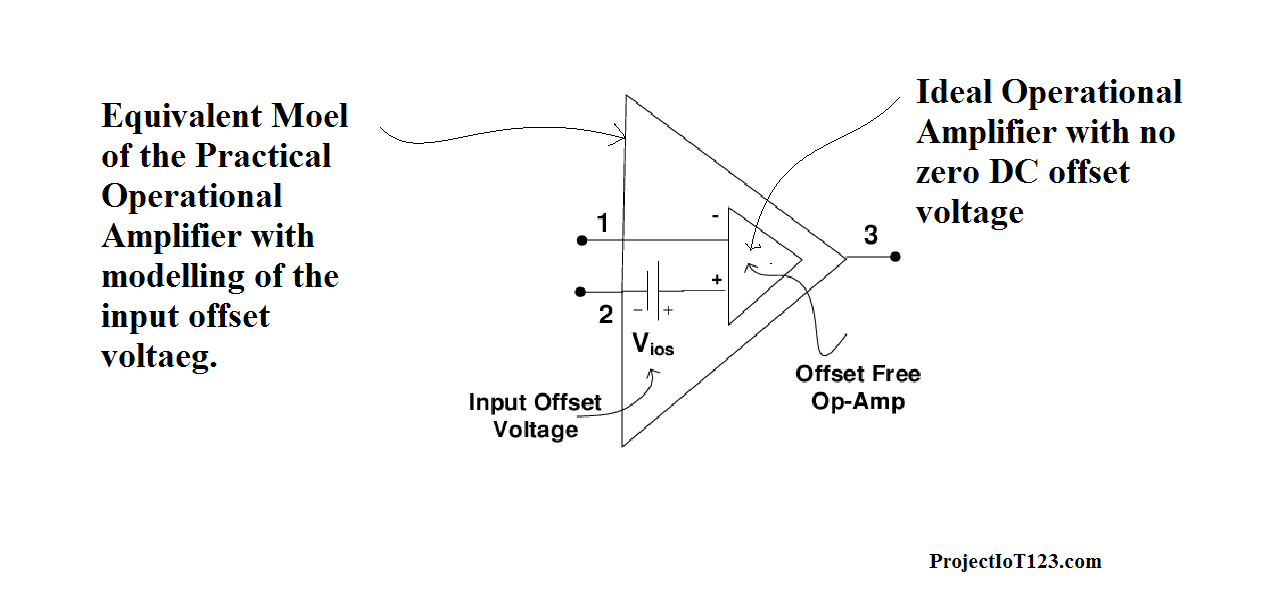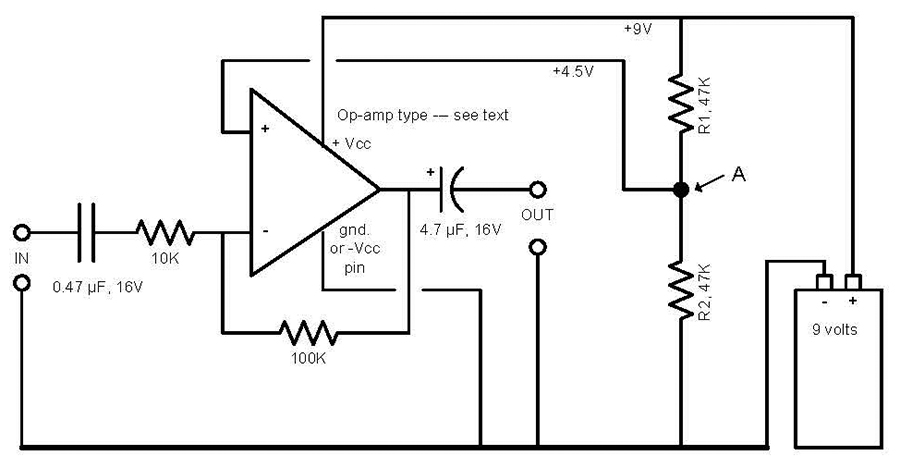

So, to find the effect of this input offset voltage, let’s assume that the input that is provided to the circuit is zero volts. So, here we have op-amp which is configured in an inverting op-amp configuration. So, that is being said, now let’s see the effect of input offset voltage on the feedback circuits. So, whenever you are using that op-amp, it is ensured that the value of the will be less than the maximum value.Įffect of input offset voltage on the feedback circuits

So, the manufacturers also used to provide the maximum value of this input offset voltage. And even if you take the two op-amp ICs which are manufactured from the same wafer, it is quite possible that both ICs have different input offset voltage.
Now, as I said before, it is very hard to predict the polarity of this. While if you take very precise op-amps like AD 8538 and AD 8551, the used to be in the range of few microvolts. So, for example, if you take the case of LM324 and LM 741, the input offset voltage used to be in the range of few millivolts. So, this input offset voltage can be few millivolts for the general-purpose op-amp and it can be as low as 1 microvolt for the very high precision op-amps. So, the definition of this input offset voltage ( input offset voltage formula) is the amount of differential input voltage that is required to apply between the two terminals such that the output of the op-amp will become zero volts. So, now suppose if we apply the differential voltage of opposite polarity at one of the op-amp terminals, then we can ensure that the output of the op-amp is zero volts.


 0 kommentar(er)
0 kommentar(er)
